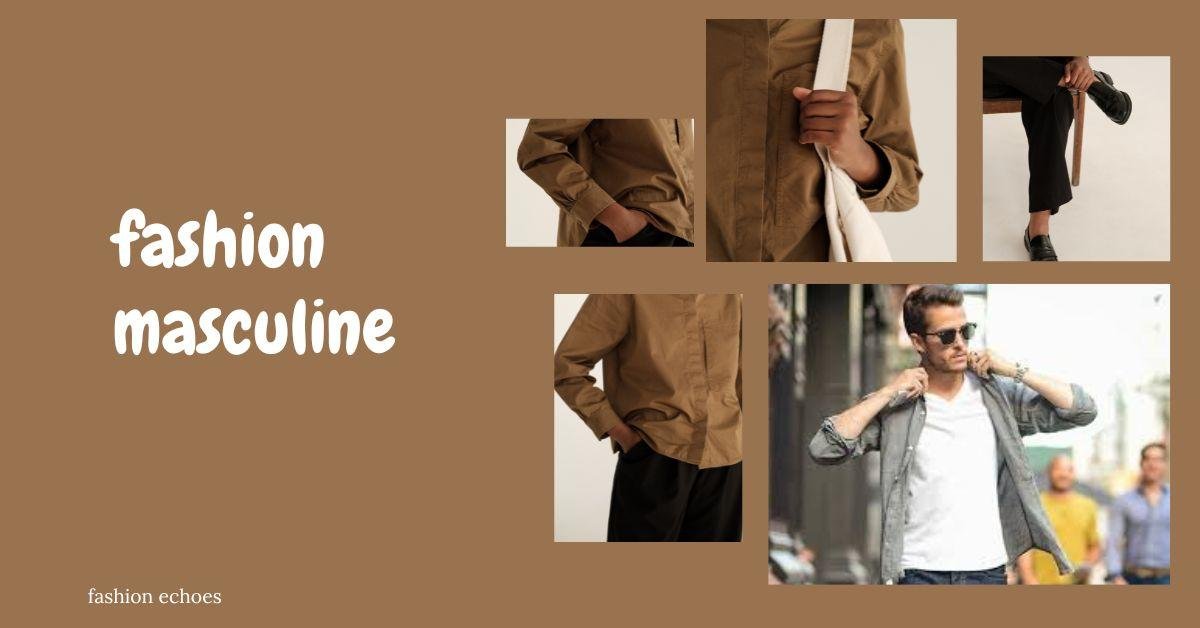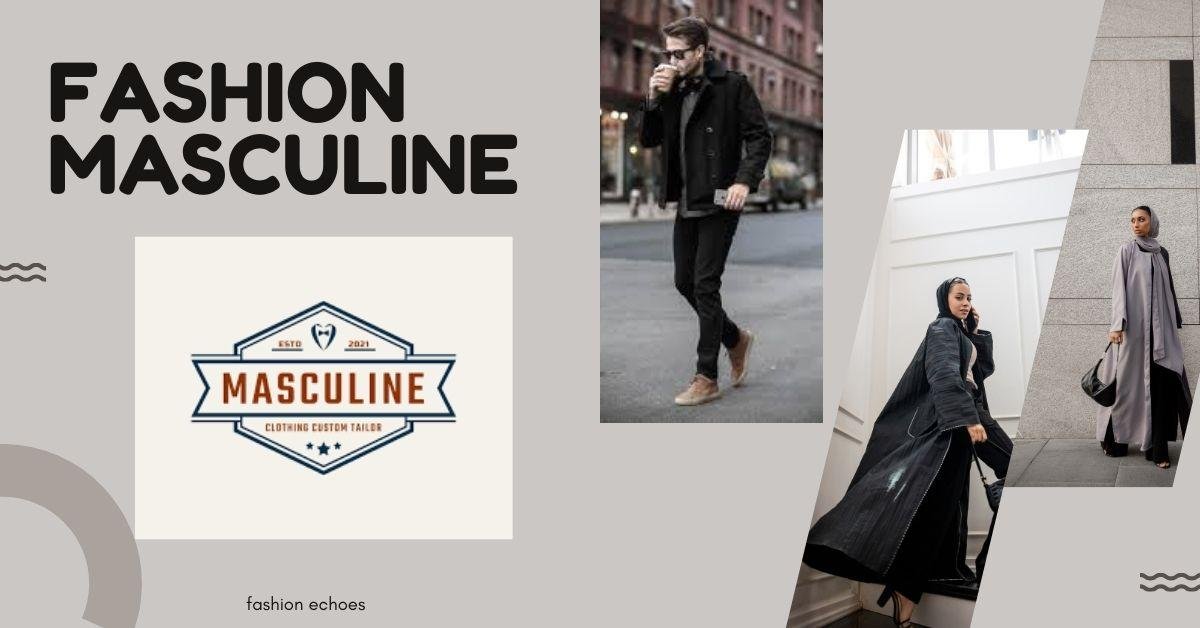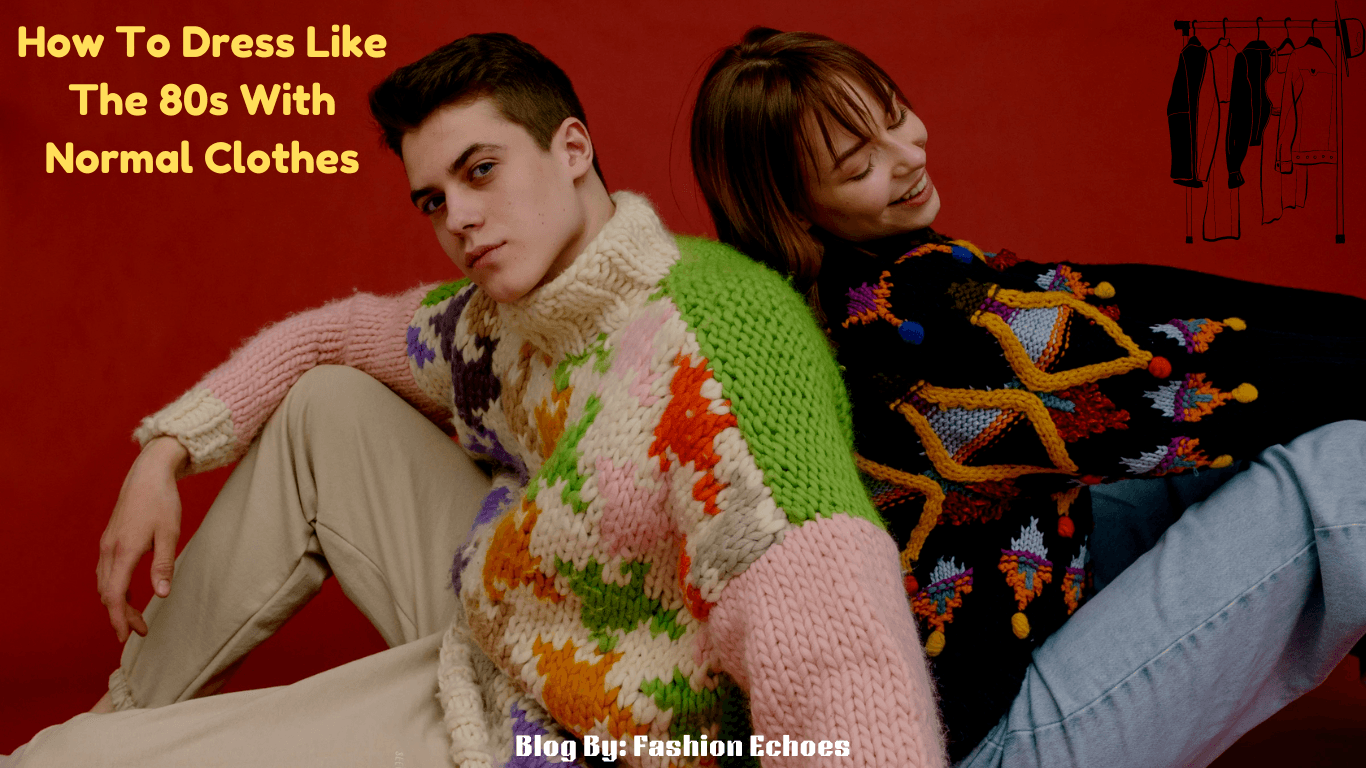Only the imaginations of those who wish to experience masculine fashion expressions may constrain what constitutes masculine clothes. In addition to discussing current and historical trends in manly apparel and accessories, this guide will offer advice on how to dress masculinely for all body types, including those typically excluded from the design of masculine apparel.
What is Fashion Masculine?
The meaning of “masculine” is vast and constantly changing, depending on personal tastes, culture, and society. Today,” fashion masculine ” refers to one’s external gender expression or presentation. Historically, it usually referred to clothing made and produced with features associated with what was historically classified as “menswear” or “men’s fashion.” People of all genders have experimented with manly attire, and there is no standard for defining what constitutes masculine attire. The Evolution of Masculine Apparel
Clothing served as weather protection in the early stages of human history. Clothing and accessories eventually became a means of indicating social position and societal responsibilities as civilization developed and social roles got increasingly complex.
In terms of masculine fashion, peacocking was popular in the 18th century. This was the Dandy’s time. This meant britches and pantaloons, as well as coats and jackets that were elegantly cutaway, colourful, and made of brocade.
History of Masculine Attire
Throughout the 19th and early 20th centuries, plain dresses and tailcoats gained popularity as masculine attire became more subdued. The Industrial Revolution and the need for men, particularly those in positions of authority, to project solemnity and authority were the primary causes. The 1920s saw the introduction of dinner jackets and the popularity of tuxedos as a male fashion accessory.
Mass production was a significant shift in the fashion business by the 1940s. When clothing firms started producing garments on a wide scale at a very low cost, producers had to figure out how to keep customers buying their goods. They accomplished this by establishing fashion “seasons,” meaning one had to reinvent or switch up their look every few months. This sparked the current fashion “trend cycle,” which caused masculine fashion to change far more quickly than before. From constant formal attire to a rebellious shift toward bright, comfy clothing that permitted more of the peacocking of the past, masculine fashion changed over the 1950s and 1980s.

Bold designs and futuristic materials took center stage in the colorful and varied male fashion of the 1990s and 2000s. Previously, athletic/casual attire, such as sweatpants, sweatshirts, and sneakers, became commonplace, as was baggy clothing.
One of the biggest influences on contemporary masculine fashion trends by the 2010s was the advent of the fashion star or influencer. People who presented as masculine were wearing more carefully chosen outfits, ties were becoming thinner, and clothing was fitting tighter.
The distinctions between what is deemed suitable for men and what is more traditionally “ masculine fashion,” like dresses and skirts, are starting to blur in the 2020s. The expansion of style and expression in fashion is gradually dispelling gender-based taboos.
Trends in Masculine Clothing Style:
Some fashion trends remain primarily high fashion while influencing more relaxed dress codes. However, this list aims to offer easily accessible resources for masculine expression. Some of the current prominent trends for masculine fashion presentation are listed below.
masculine fashion trends continue to be influenced by nostalgia for the 1990s and early 2000s. Bright, colorful patterns and colors, low-rise jeans, bucket hats, and futuristic apparel are all popular now. Additionally, you will find streetwear from the turn of the millennium that draws inspiration from early hip-hop fashion in today’s manly fashion.
Layers, suit jackets, and cardigans:
Wearing layers, such as cardigans and jackets, for more casual looks and suit jackets for formal occasions is another fashion style making a comeback. Layers provide intriguing lines and an additional splash of color or design. It is simple to use layers to change how your body form appears.
Pants for Cargo:
The lightweight material of cargo pants, which feature several pockets for anything you might need, has made a comeback. These are excellent choices if you want pants that are a bit looser around the hips to accommodate body packing or shaping.
Halter tops and blouses:
Clothing, once viewed as ” masculine fashion, “is now being reframed in a male context by masculine fashion. This involves donning halter tops and blouses. A blouse, which frequently adds color, texture, and softness to an ensemble, can replace a button-down shirt for a more formal or elegant look. A halter top will highlight your arms and shoulders and is a great option for a flirtatious or summery style if you are searching for something more laid-back or playful.

Knowledge About Emo Hair Style
Sheer, Knit, and Mesh:
Mesh, a classic raver gear material, is returning in a casual masculine fashion, in keeping with the Y2K nostalgia. Now, knit and lace clothing are becoming increasingly popular in addition to mesh and sheer. Mesh and knit skirts, shirts, and sweaters make a look texture and a good layering alternative.
Hoodies/Sweatpants:
Wearing sweatpants, sneakers, and hoodies is a casual yet stylish look in men’s fashion. The gym-ready sweatpants of the past have given way to fitted clothing made of sweatpants, which is now a more stylish option for men in the workplace and on the street.
Short Lines/Shorts:
The brief king’s rein has arrived. Dresses, mid-length shorts, mid-calf pants, and shorter shorts are all fashionable now. This is your time to shine if you identify as FTM, transmasculine, non-binary, or even just a short woman or cis-man. Shorts, both formal and casual, are becoming more popular. If you would like, you can flaunt your body shape by wearing shorts with a crop top. You can also wear a long shirt or caftan over shorts if you prefer to wear clothes covering your body contour.
Jumpsuits:
Jumpsuits are a popular men’s fashion option this year, and they are not just for skydiving or working on cars. Many gender-neutral manufacturers specialize in jumpsuits, a fun, and slightly ambiguous male fashion item. These adaptable clothes can be dressed down for daily wear or dressed up with accessories for special occasions.
Waist Tapered:
The tapered waist is making a comeback as a trend in male fashion, although the more modern masculine style has typically featured broad, straight lines or angles. This evokes the more refined silhouettes of the 1920s and 1970s, which lengthen the torso and draw attention to the body’s contours. Tips for Masculine Fashion for Particular Bodies Regardless of body form or shape, everyone who identifies within the spectrum of masculine identities should be able to obtain gender-affirming apparel. Fashion is still quite binary, though. When creating apparel, specific body types are taken into consideration. This means that when it comes to dressing masculinely, those whose bodies do not fit that mold because of their gender, disability, size, or physical shape have few options.
People who are looking for gender affirmation frequently want to use their clothes to make themselves more identifiable as their gender. People with bodies that are frequently viewed as deviating from the ideal of “masculinity” will benefit from this section by being more accepted by others.
Think About the Silhouette You Want:
Finding out what body shape you already have and what you would most like to see is the first step in thinking about how to dress your body. To determine which lines or outlines most appeal to you, you can observe others who show themselves as manly. Remember that you can only make so many changes with apparel.

Choose loose cuts, but take sizing into account.
You can appear to have a broader, more manly body shape by wearing looser cuts that allow more room for your shoulders, waist, chest, and other body parts. Additionally, looser cuts may be more comfortable than garments that squeeze or pinch your body fat or skin to get the same effect. But do not size up too much. When people dress in masculine fashion, they frequently choose clothing that is significantly larger than their size, sometimes out of a lack of options and other times because they want to look more manly.
It is common for masculine fashion apparel to fit incorrectly if you have a particularly curvaceous frame. Wide hips, wider tummies, breasts, and other bodily traits that protrude from the body are not taken into consideration by “men’s” apparel for larger persons in general, including huge cis guys. This can result in t-shirts that do not fit well, button-ups that sag across the chest, and pants that fall. Consider purchasing from gender-inclusive clothing manufacturers prioritizing well-fitting, manly apparel that considers various body types to combat these problems. Since most manufacturers include measurement charts for comparison, take the time to measure yourself with a flexible tape measure so you can choose which clothing will fit you best when you purchase online.



